Methodology
Our method is built upon the principles of
psycholinguistic mechanics kindly provided
by  PsychLing and extended by
PsychLing and extended by  LINGA .
LINGA .
PsychLing is a psycholinguistics portal that provides a theoretical framework for analyzing human psychology in the form-factor of writing. Visit psycling.org
LINGA is an American psycholinguistics company that provides authorship identity verification via its Linguistic Fingerprint™ technology. Visit linga.id
Psycholinguistic mechanics is the study of subjective human language via a proprietary framework developed by experts in psychology, language, and data science.
 The Model
The Model
We believe feel that all human language may be analyzed and understood via eight core Linguistic Attributes, or characteristic traits of someone's speech or writing. These attributes may be visualized and understood according to a simplified model provided by LINGA.
 The Scale
The Scale
Feels uses a 9-point scoring scale that ranges from Ultra Low to Ultra High according to a normal distribution.
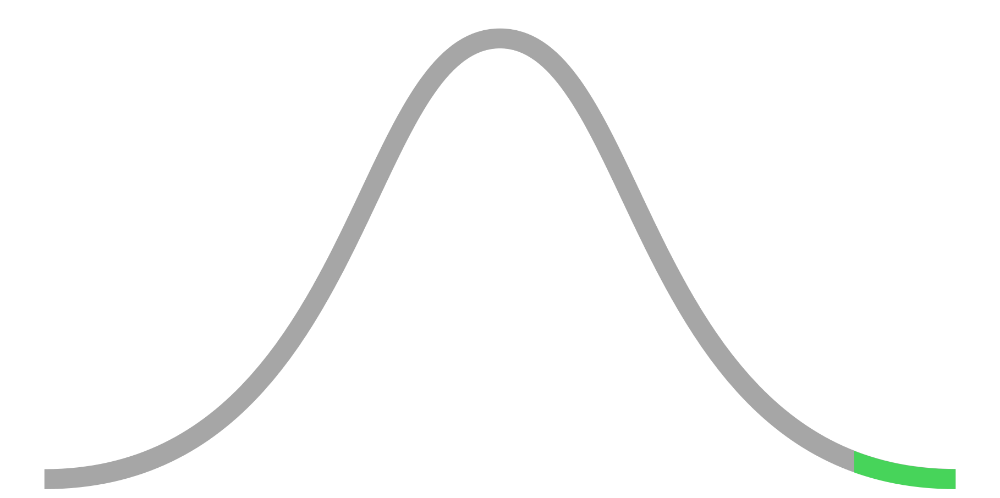
=
95–100% percentile
An ultra high attribute score is exceptionally rare because it represents 5% of the entire population. In a room with 100 other people, a person with an ultra high attribute score would be higher than 95 of them and lower than none of them.
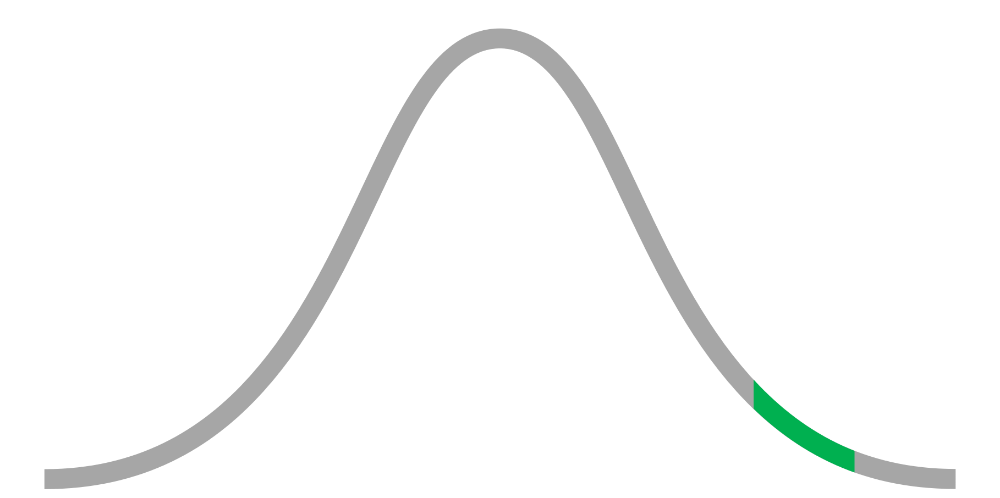
=
90–95% percentile
A very high attribute score is rare because it represents 5% of the entire population. In a room with 100 other people, a person with a very high attribute score would be higher than 90 of them and lower than five of them.
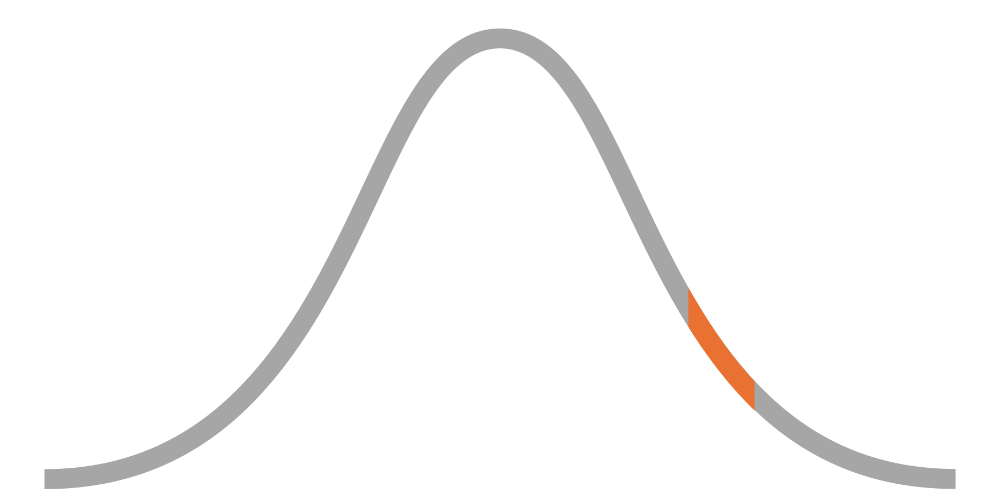
=
80–90% percentile
A high attribute score is somewhat uncommon and represents 10% of the entire population. In a room with 100 other people, a person with a high attribute score would be higher than 80 of them and lower than 10 of them.
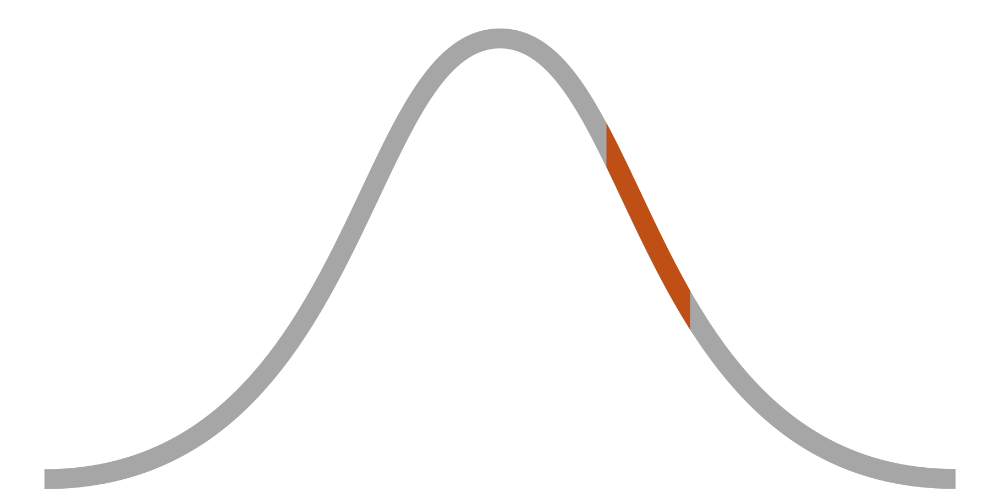
=
60–80% percentile
A slightly high attribute score is common and represents 20% of the entire population. In a room with 100 other people, a person with a slightly high attribute score would be higher than 60 of them and lower than 20 of them.

=
40–60% percentile
An average attribute score is typical and represents 20% of the entire population. In a room with 100 other people, a person with an average attribute score would be higher than 40 of them and lower than 40 of them.
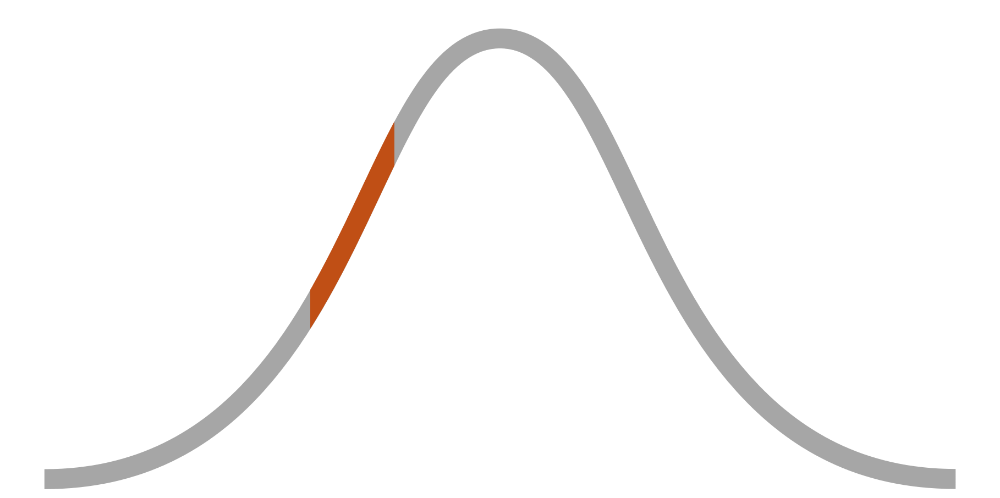
=
20–40% percentile
A slightly low attribute score is common and represents 20% of the entire population. In a room with 100 other people, a person with a slightly low attribute score would be higher than 20 of them and lower than 60 of them.
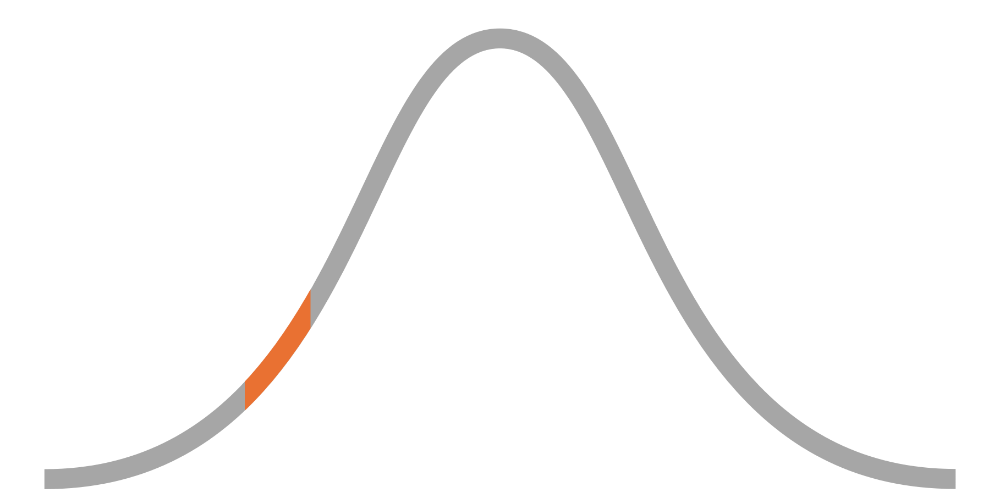
=
10–20% percentile
A low attribute score is somewhat uncommon and represents 10% of the entire population. In a room with 100 other people, a person with a low attribute score would be higher than ten of them and lower than 80 of them.
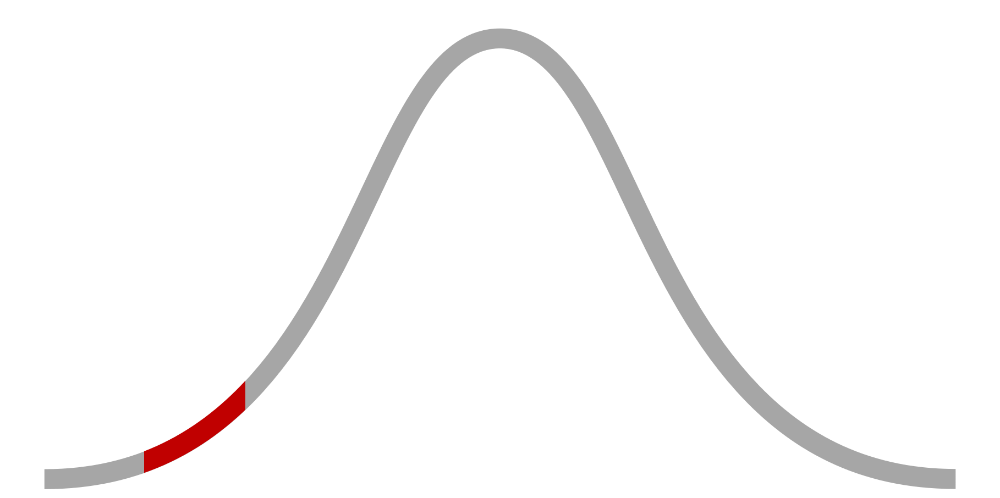
=
5–10% percentile
A very low attribute score is rare because it represents 5% of the entire population. In a room with 100 other people, a person with a very low attribute score would be higher than five of them and lower than 90 of them.
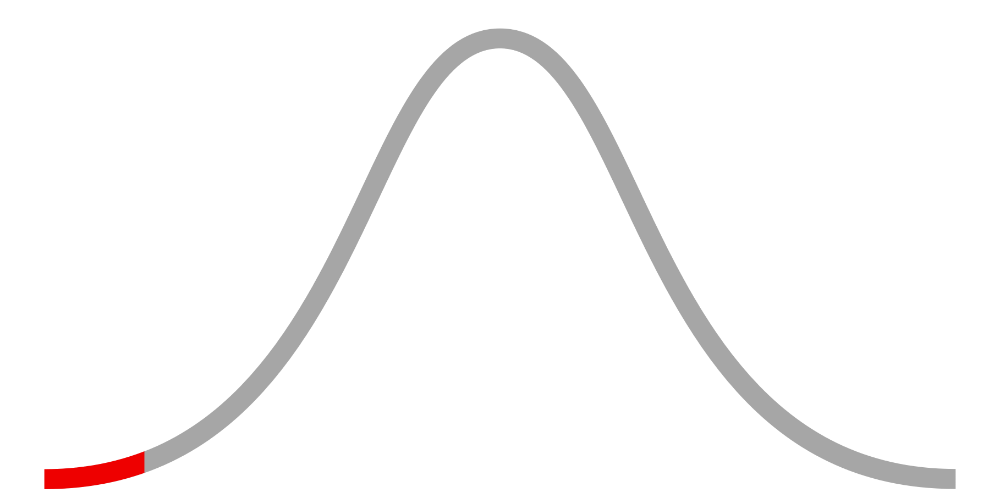
=
0–5% percentile
An ultra low attribute score is exceptionally rare because it represents 5% of the entire population. In a room with 100 other people, a person with an ultra low attribute score would be lower than 95 of them and higher than none of them.
 The Feel
The Feel
Feels come in two flavors: videos and GIFs. Each has a standardized format for the thumbnail, media format, and content requirements.











